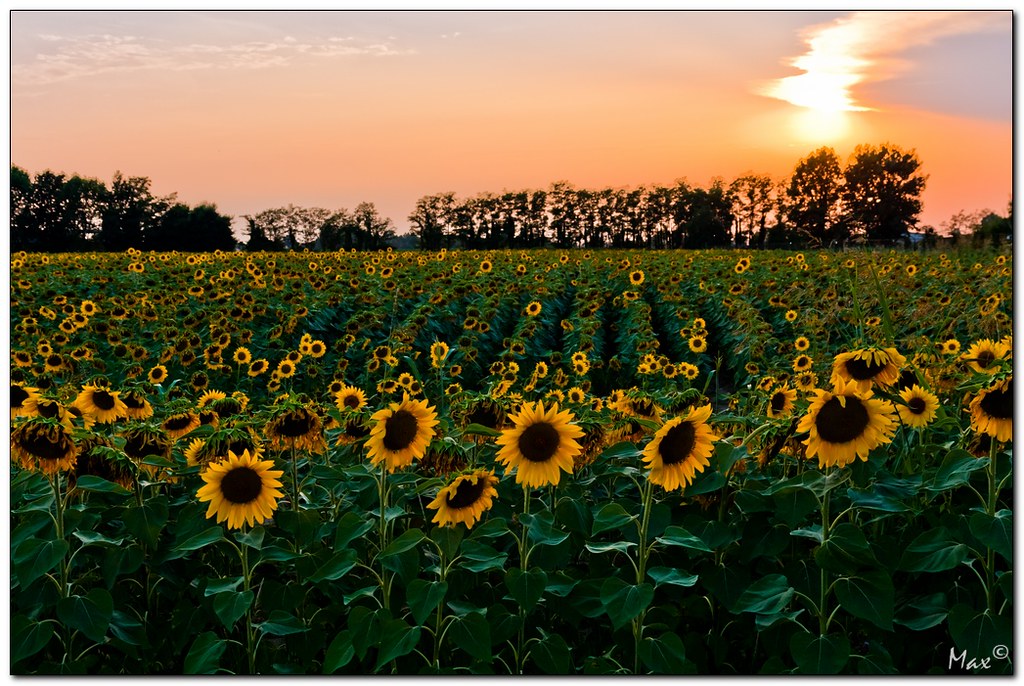In C.S. Lewis’s novel Out of the Silent Planet there is a wonderful scene in which the protagonist, Ransom, runs away from his captors on what we later discover to be Mars. He cannot resolve the colors and shapes he sees into a sensible landscape until after he has made some determination of what it is he is looking at. “A mass of something purple,” “strange upright shapes of whitish green,” “a rose-colored cloud-like mass.” Each of these descriptions telling us that he can’t figure out what they are until he knows what they are. One’s framework for understanding determines the limits of what one can know. In an eternally recursive and entangled process, what I know is determined by what I can imagine, which is determined by what I know. Expanding this circle of possibility requires contemplation and art and philosophy as much as factual information. Ransom’s description of the Martian landscape becomes clear once he has a chance to think, to analogize to earth creatures and earth-plants, and then to discard those analogies for familiarity after long residence, language acquisition, and friendship.
Zoë Schlanger’s The Light Eaters is an extended account of how dramatically disoriented we still are when we gaze at plant life. If asked to rate our understanding of the plant world as a species, I think we would probably assert that we have significant collective understanding. Farmers around the world grow thousands of species for food and flavoring, biologists have labs full of experiments, and I can purchase a packet of seeds and grow fresh peas every spring with ease. Green lawns, shady parks, orderly rows of corn and potatoes, grafted fruit trees, and showy rose gardens all testify to our competence in the world of plant life.
However, as becomes obvious once we press that understanding, and as Schlanger makes clear in her reporting from the frontier of biological research, we may not be smart enough yet to know how little we know, and we certainly have not been attentive enough to understand anything beyond the most obvious of facts. Our frameworks are profoundly limited. We have taken one set of metaphors and assumptions and failed to see beyond their limited explanatory power. Schlanger would like to help us expand our metaphors and assumptions so that we might increase our understanding, reverence and capacities.
The book’s subtitle, “How the Unseen World of Plant Intelligence Offers a New Understanding of Life on Earth,” is long, but not quite long enough. “Plant Intelligence” is under review, but so is Plant Agency, Plant Relationality, and Plant Vision. If this sounds a little out there, Schlanger has anticipated that feeling and frequently and directly addresses it. Discussing plants in terms of agency, behavior, and intelligence is very controversial in the scientific community, but the weight of evidence bears down the philosophical resistance, insisting that we find new frameworks for understanding.
In order to understand plant-intelligence, Schlanger takes us back to Aristotle and his intensification of the hierarchy of being, received from the pre-Socratics and from Plato. The vegetative, sensitive, and rational souls are, for Aristotle, a clearly ascending scale from plants, through animals, and into humans. What Schlanger would like us to notice is that this is not necessarily a self-evident grading of being and Aristotle was not the only ancient Greek to theorize about other beings and his scale is not the only possible way of understanding the nature of plants. Theophrastus, contemporary and successor to Aristotle, did not rank plants in a hierarchy of souls, but instead philosophized about their similarities as well as their differences to humans and animals.
Theophrastus understood plants to be moving and desiring beings much as animals are. Which seems rather obvious once we consider the significance of our observational timescales—some things move much more slowly than we do, but that is still motion, isn’t it? He regularly used human and animal language to describe the structures of plants and it was Theophrastus who coined the still current term “heartwood” for the core of a tree.
Schlanger takes Theophrastus’ perspective shift and then connects it to a wealth of reporting from jungles, from labs, from gardens, and from academic papers. Her point is simple although challenging: “intelligence is probably a property of all living things” (243) and we ought to be “including plants in our ethical imagination” (250) which will mean that we have no “excuse for indiscriminate killing, or thoughtless destruction.” (254)
Schlanger is perfectly clear that this acknowledgment in no way diminishes our humanity. Extended awareness of the capacities and complexities of plants is about deepening our humanity, not blurring it. She offers another way to look at this problem: if we refuse to use human metaphors in our understanding of plants, we are not protecting human uniqueness, but are failing to use our intelligence to understand theirs. Theophrastus again helps Schlanger and hopefully us: “He did not think of plants as simply inferior humanoids. They were entirely their own category of being, not to be measured against animals. The comparison between hearts and cores were useful merely as a bridge to aid understanding. ‘It is by the help of the better known that we must pursue the unknown, and better known are the things larger and plainer to our senses’” (38).
In Schlanger’s telling of Theophrastus’ philosophical stance and in her own descriptions of the marvelous and wonderful things plants are capable of, she maintains this clarity. Her reporting, far from blurring the boundary between persons and plants, instead dramatizes the plant kingdom as a strange, alien world, right here and ready to teach us that there are more things in Heaven and Earth than we have yet dreamt.
Sunflowers, when planted next to their genetic kin, politely share nutrient rich soil and carefully arrange their leaves and flowers to avoid shading their neighbors. Otherwise, they compete aggressively which lowers overall oil yield and crop health. Certain pollinating plants count the time between pollinator visits and adjust pollen and nectar production based on this frequency from day to day, meaning, of course, that a plant can actually count. The roots of pea plants grow toward the sound of running water, meaning that they can actually hear.
Of course, we know that plants release volatile compounds to warn of caterpillar infestations, or overgrazing, but some plants release those compounds at the sound of recorded caterpillar chewing (and only the sound of the specific species that feeds on them) and some plants of the same species release those compounds more frequently and with less prompting than others. Most astonishing, the other plants near those “talkative” or “scaredy-cat” plants ignore the too-frequent warnings from specific plants and then heed the warnings of the more reserved ones. Which seems to indicate yet more decision-making and some further possible analogy to personality within specific plants.
There is a vine, boquila trifoliolata, that mimics the leaf shape of whatever it is growing on and near. On the same vine-stem it may have leaves of different shapes and it can, apparently, imitate any plant it grows near, even one that the boquila trifoliolata has never grown next to before. Current research is unclear whether this is because the plant has some kind of vision contained within itself (an astonishing but genuinely viable hypothesis) or if it adapts via an even stranger process of microorganism exchange through the air.
In Perelandra, C.S. Lewis’s sequel to Out of the Silent Planet, Ransom meets an unfallen form of humanity. One of the tasks of that world’s Adam and Eve is to ennoble some of the animals to become more conscious, and more fully themselves. The research of the many biologists that Schlanger interviewed is a potentially ennobling kind of knowledge. Plant biology seems to be revolutionizing our understanding of what a plant is and can be. This is a gift that may help us grow in wisdom, in reverence, and in care for our world. Sunflowers know their kin, sagebrush ignores the bush that cries wolf and listens to the patient and reserved one, many kinds of plants know when they’ve been handled roughly and are permanently changed by harsh touch, the entire plant knows when a single leaf has been cut, some fungi exchange minerals to trees for sugars at varying rates which seem to depend on the scarcity and abundance of both. Can we grow in wisdom at this knowledge? Can we garden and farm and cultivate and preserve and care in yet more complex ways?
Image via Flickr





